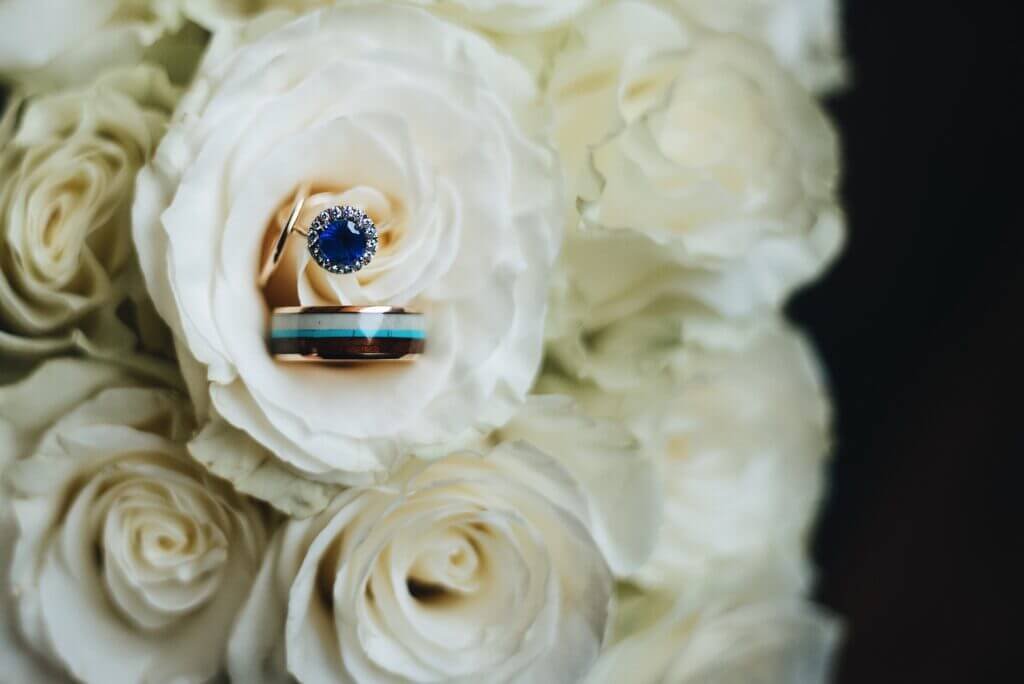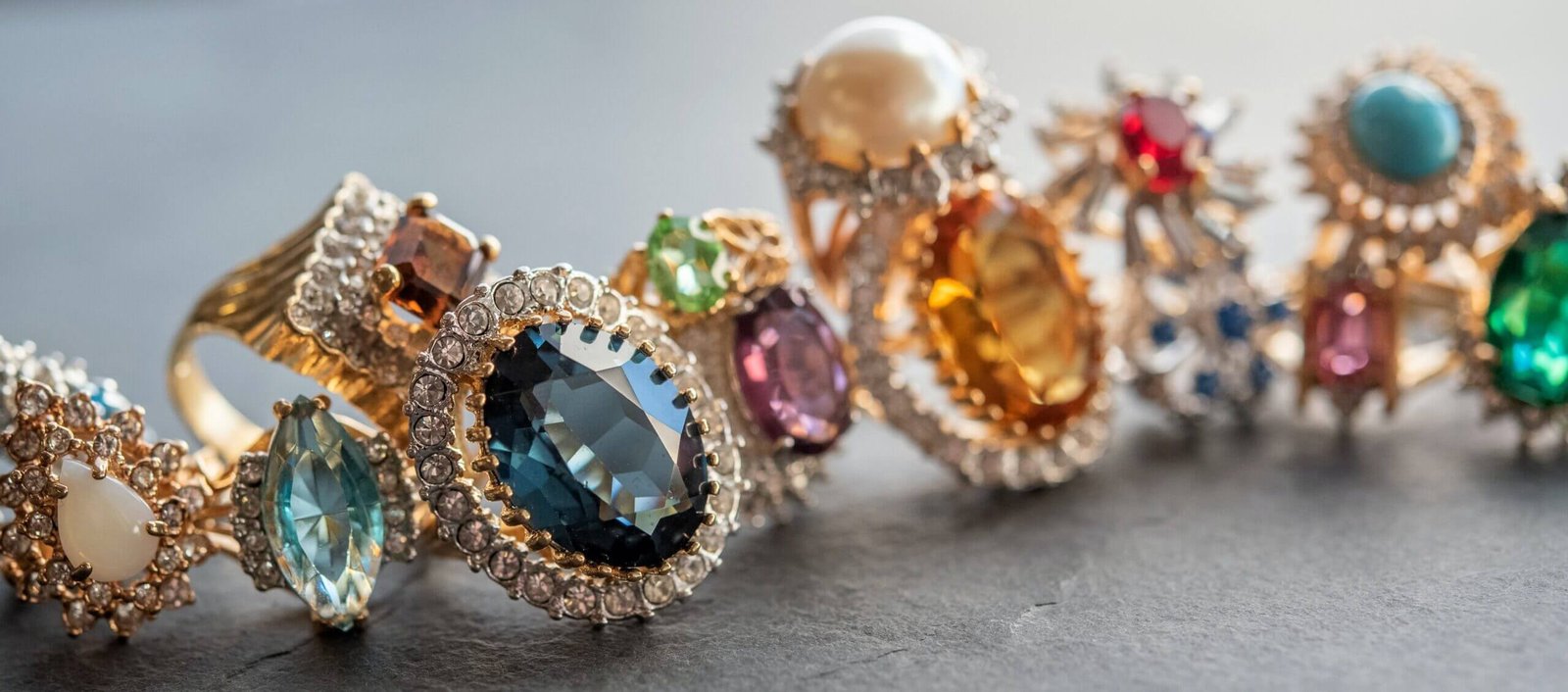What Is The Sister Stone To Ruby?
What Is The Sister Stone To Ruby? Enveloped in mystique and glamor, gemstones have fascinated mankind for centuries. In the kaleidoscopic world of precious stones, one sparkling question often catches our curiosity – what is the sister stone to ruby? This intriguing quest grants you an exciting opportunity to unfold the mystic connections between these divine crystals. This knowledgeable journey will enlighten you about that notable stone that shares both a birthday month and undeniable allure with the radiant ruby. So, fasten your seat belts as you prepare for a fascinating foray into the glittering universe of gemstones.

Understanding Gemstones
Gemstones, often known as jewels, are precious and semi-precious stones used for creating jewelry. They are admired for their beauty, durability, and rarity. These gems have been part of human history for thousands of years, symbolizing power, wealth, and protection. Every gemstone is unique with its own set of qualities: they come in different colors, shapes, sizes, and have different mineral compositions.
Basics of Gemology
Gemology, a branch of mineralogy, is the study of gemstones. A person who studies gemstones is known as a gemologist and they have to gain insight into the science, art, and history of gemstones. Identification, grading, and appraisal are the main aspects of gemology. So, if you’ve ever been curious about what makes a diamond different from a ruby, gemology is the field to study.
Classification of Gemstones
Gemstones are classified based on their mineral composition. They are broadly divided into two categories: precious and semi-precious stones. Precious stones include diamonds, rubies, sapphires, and emeralds while all other gemstones are considered semi-precious. Classification can also be based on the chemical composition of the gem or its crystalline structure.
Gemstone Families & Groups
Gemstones can also be grouped into families based on their mineral base. For instance, the corundum family includes gems such as rubies and sapphires. On the other hand, the quartz family includes gems like amethyst and citrine.
Introduction to Ruby
Ruby, a gemstone of love and power, is one of the most valuable gems in the world. This radiant red stone has been prized across civilizations for thousands of years.
History and Origin of Ruby
Rubies are found throughout the world, but most commonly in Asia. They were first discovered and mined in Myanmar, formerly Burma, dating back to 600 AD. Rubies are mentioned in ancient Sanskrit texts, symbolizing power and protection from evil.
Physical and Chemical Properties of Ruby
Rubies are composed mostly of corundum but owe their vibrant red hues to the traces of chromium. On the Mohs scale of hardness, ruby rates 9 out of 10, second only to diamond. Each ruby is unique, with variations in color, cut, carat weight, and clarity that determine its value.
Significance of Ruby in Various Cultures
Throughout history and across various cultures, rubies have been cherished. It is considered the stone of love, energy, power, and passion in western cultures. In Asian cultures, rubies are believed to bring good luck and are often worn by royalty for protection against evil.

Sapphire: The Sister Stone to Ruby
Sapphire is often referred to as the sister stone of ruby. They both belong to the corundum family and share many similarities.
Why Sapphire is Considered as the Sister Stone to Ruby
Both ruby and sapphire are derived from the same mineral family – corundum. While sapphire is famously known for its blue color, it can also occur in all other colors except red. When the corundum is red, it is called a ruby.
Physical and Chemical Properties of Sapphire
Like ruby, sapphire also rates 9 on the Mohs hardness scale, making it highly durable. What differentiates it from ruby is the trace elements that affect its color: iron and titanium create blue sapphires, whereas chromium produces rubies.
Comparison Between Ruby And Sapphire
While ruby and sapphire are siblings in the corundum family, they have distinct differences.
Color Variations
A distinguishing factor between ruby and sapphire is the color. Rubies are known for their fiery red hue, while sapphires are commonly associated with a rich blue color. However, sapphires can appear in a range of colors, except for red.
Structure and Composition
Both gemstones share similar chemical compositions and structures with slight variations in trace elements. Chromium gives rubies their red color, while iron and titanium produce blue sapphires.
Uses in Jewelry
Both rubies and sapphires are popular in jewelry. Rubies are mostly used in pieces such as engagement rings due to their passionate red hues. Sapphires, on the other hand, offer versatility with their wide color range, featuring in various types of jewelry from necklaces to bracelets.

Extraction and Processing
Both rubies and sapphires are mined and processed similarly but are found in different parts of the world.
Ruby Mining Locations
Major ruby mining locations include Myanmar, Thailand, Cambodia, and other countries in Southeast Asia. Certain varieties are also found in East Africa and North America.
Sapphire Mining Locations
Notable sapphire mining locations are in Australia, Thailand, Sri Lanka, and Madagascar. The U.S state of Montana is also known for its unique blue and yellow sapphires.
Processing Methods
The gems are then processed, which involves sorting, cutting, polishing, and quality checking. The raw stones are evaluated based on their potential color, clarity, and size before being sent for cutting and polishing.
The Market for Rubies and Sapphires
Rubies and sapphires command high prices in the gemstone market due to their beauty, rarity, and strong demand.
Price difference between Ruby and Sapphire
Generally, rubies are more valuable than sapphires due to their rarity and high demand. However, the price of both can vary greatly based on their size, color, clarity, and origin.
Factors Influencing the Market Demand
Factors that influence the demand for these gemstones include fashion trends, the status of the global economy, and the availability of gem-quality stones.

The Significance and Symbolism of Ruby and Sapphire
Both rubies and sapphires hold a significant place in various cultures and mythologies.
Ruby in Mythology and Symbolism
Rubies are considered symbols of love, passion and power. They were believed to protect warriors on the battlefield and bring good fortune.
Sapphire in Mythology and Symbolism
Sapphires symbolize wisdom, virtue, and good fortune. In ancient times, it was believed that sapphire could protect against poison and negative energies.
Caring for Your Ruby and Sapphire Jewelry
Caring for these precious gems requires special attention to ensure their longevity and beauty.
Recommended Cleaning Methods
Routine cleaning with mild soapy water and a small brush can keep these gemstones shining. However, it is necessary to avoid sudden temperature changes as it can cause the stone to crack.
Precautions for Preserving Stone Quality
Avoid exposing your gemstones to harsh chemicals and high heat. Always store them separately to prevent scratches.
Advanced Studies on Ruby and Sapphire
Advancements in gemology have led to increased understanding and applications of these gemstones.
Current Gemological Research
Presently, gemologists are studying these stones for their unique properties and formation process. They use a variety of techniques to examine their chemical composition, structure, and origin.
Technological Applications
Beyond jewelry, rubies and sapphires have found use in several technological applications. For instance, rubies are used in lasers, while high-quality sapphires serve as screens for smartwatches and mobile devices.
Frequently Asked Questions
Why are Rubies and Sapphires Often Confused?
Due to their shared lineage from the corundum family, rubies and sapphires can often be confused. What distinguishes them primarily is their color.
Are There Differences in Quality?
Like other gemstones, the quality of rubies and sapphires are determined by their color, clarity, cut and carat weight. The presence of inclusions, color intensity, and origin also play a role in their quality.
Which is More Valuable: Ruby or Sapphire?
Typically, rubies are more valuable than sapphires due to their rarity. However, high-quality sapphires can command high prices. Ultimately, the value depends on a combination of factors including size, quality, and market demand.



